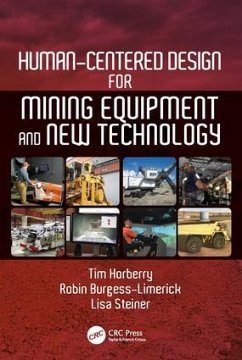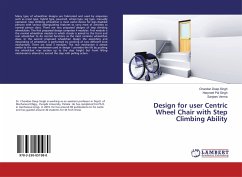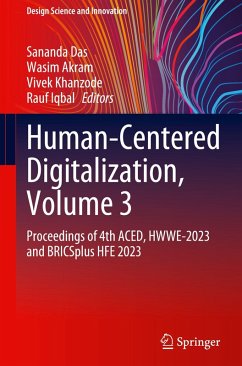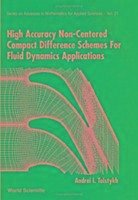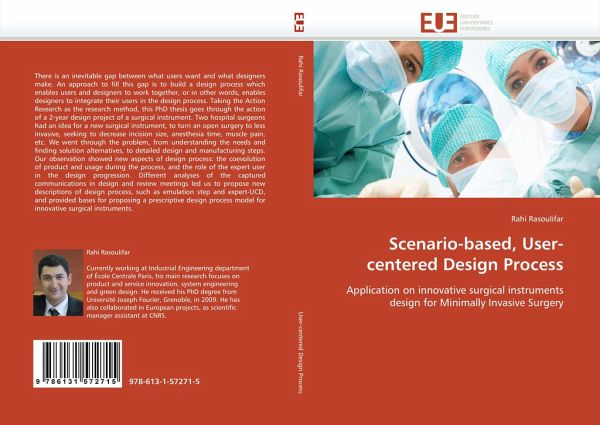
Scenario-based, User-centered Design Process
Application on innovative surgical instruments design for Minimally Invasive Surgery
Versandkostenfrei!
Versandfertig in 6-10 Tagen
51,99 €
inkl. MwSt.

PAYBACK Punkte
26 °P sammeln!
There is an inevitable gap between what users want and what designers make. An approach to fill this gap is to build a design process which enables users and designers to work together, or in other words, enables designers to integrate their users in the design process. Taking the Action Research as the research method, this PhD thesis goes through the action of a 2-year design project of a surgical instrument. Two hospital surgeons had an idea for a new surgical instrument, to turn an open surgery to less invasive, seeking to decrease incision size, anesthesia time, muscle pain, etc. We went ...
There is an inevitable gap between what users want and what designers make. An approach to fill this gap is to build a design process which enables users and designers to work together, or in other words, enables designers to integrate their users in the design process. Taking the Action Research as the research method, this PhD thesis goes through the action of a 2-year design project of a surgical instrument. Two hospital surgeons had an idea for a new surgical instrument, to turn an open surgery to less invasive, seeking to decrease incision size, anesthesia time, muscle pain, etc. We went through the problem, from understanding the needs and finding solution alternatives, to detailed design and manufacturing steps. Our observation showed new aspects of design process: the coevolution of product and usage during the process, and the role of the expert user in the design progression. Different analyses of the captured communications in design and review meetings led us to propose new descriptions of design process, such as emulation step and expert-UCD, and provided bases for proposing a prescriptive design process model for innovative surgical instruments.





